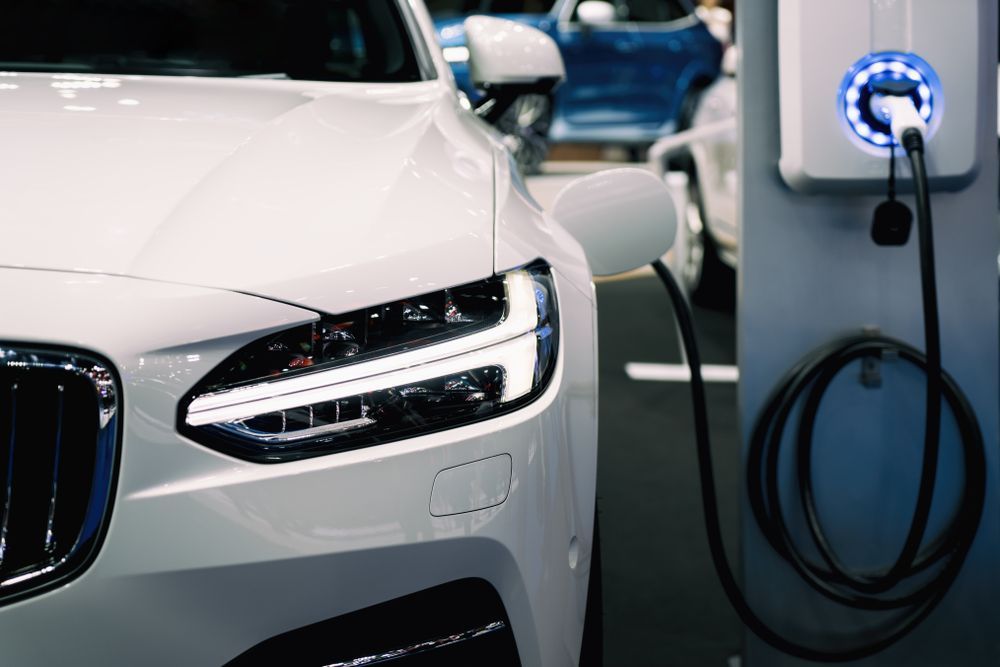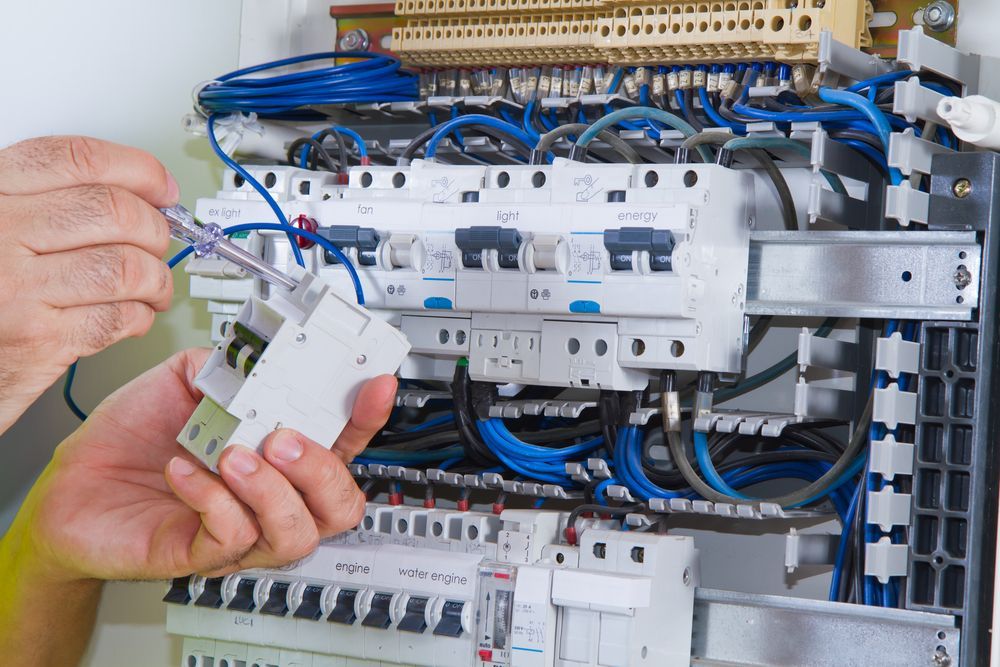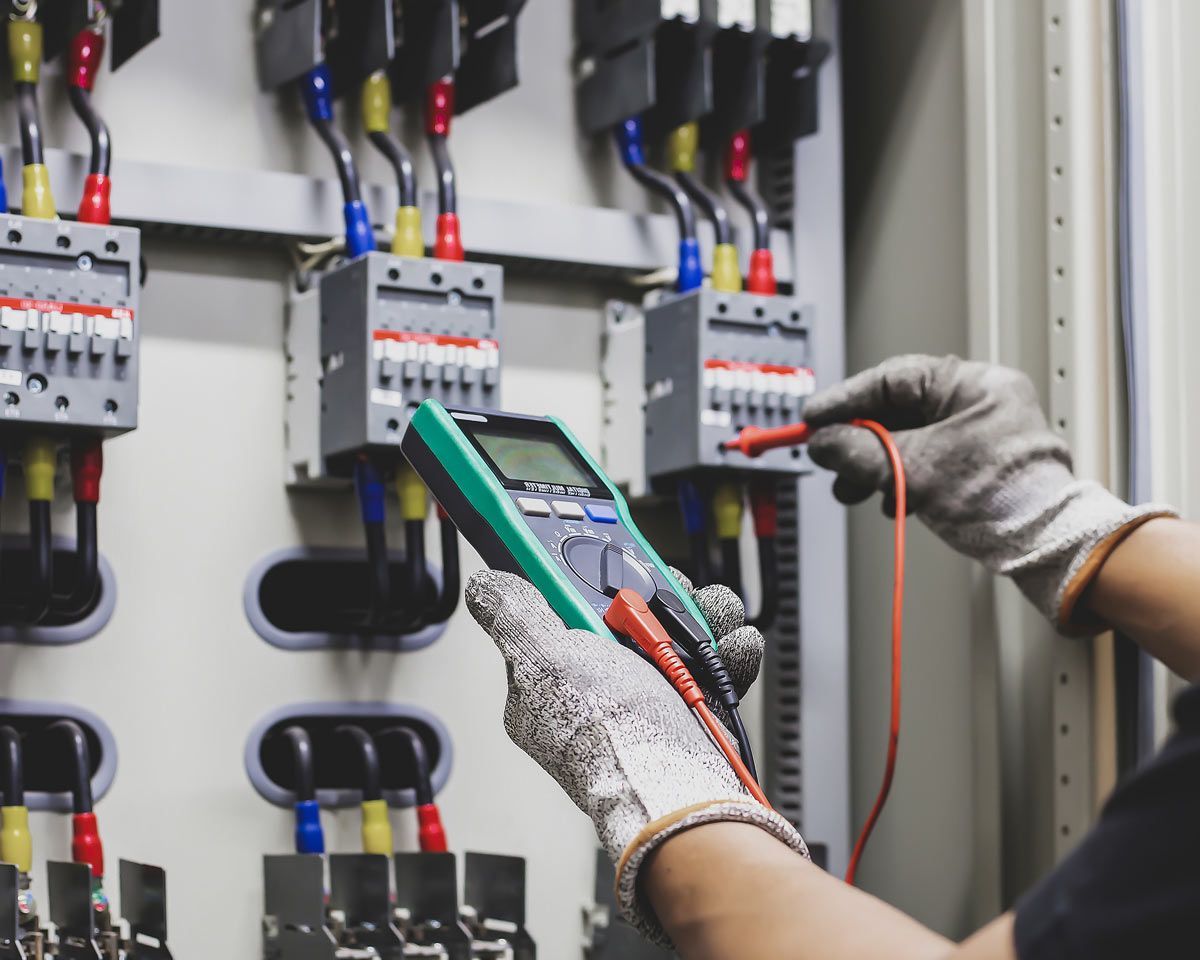8 Common Problems With Solar Battery Storage in Canberra Homes
MORE THAN 20 YEARS' COMBINED EXPERIENCE
TEAM OF QUALIFIED TRADESPEOPLE
TRANSPARENT & COMPETITIVE PRICING
Homeowners across Canberra are turning to solar energy to reduce reliance on the grid and enjoy greater control over their household power. Pairing solar panels with battery storage is a popular step, offering the ability to store excess solar energy at night or during outages. While the benefits are clear, many people encounter challenges once these systems are in place. Knowing the potential pitfalls from installation issues to maintenance concerns can help you make better decisions and protect your investment.
In this guide, we’ll explore some of the most common problems with solar battery storage in Canberra homes and share insights into how to manage or avoid them.
Table of Contents
- 1. Performance Degradation Over Time
- 2. Compatibility Issues With Inverters
- 3. Poor Installation Leading to Early Failures
- 4. Inadequate Maintenance & Monitoring
- 5. Insufficient Battery Sizing for Household Needs
- 6. Temperature Sensitivity & Canberra’s Weather
- 7. Unexpected Costs of Replacement Parts
- 8. Limited Lifespan & End-of-Life Disposal
- Power Your Home With Reliable Solar Batteries Near Me
1. Performance Degradation Over Time
Like all forms of battery technology, solar storage units naturally degrade. Over the years, their ability to hold a charge diminishes, reducing the amount of usable energy homeowners can draw on.
Key factors affecting performance include:
- High charging and discharging cycles leading to early wear.
- Canberra’s seasonal extremes, with hot summers and freezing winters accelerating cell breakdown.
- Poor ventilation around the battery enclosure, increasing the risk of overheating.
By monitoring performance, following manufacturer guidelines for usage, and ensuring batteries are installed in climate-appropriate spaces, homeowners can slow this decline and extend usable lifespan.
2. Compatibility Issues With Inverters
A common oversight occurs when the solar battery chosen does not align with the home’s solar inverter. Inverters act as the control hub of the solar system, converting DC power into usable AC electricity. If the two components are mismatched, the result can be:
- Reduced efficiency and wasted solar energy.
- Systems unable to communicate properly, leading to error messages or limited functionality.
- Additional expenses for new inverters or retrofitting solutions.
The best approach is to check compatibility before purchase, ensuring the battery integrates smoothly with existing or planned equipment.
3. Poor Installation Leading to Early Failures
Even the best technology can fail if not installed correctly. Some solar batteries experience early breakdown in Canberra homes due to improper setup. This may include:
- Incorrect wiring, which risks safety and reduces system performance.
- Poor placement in areas prone to temperature extremes or moisture.
- Failure to configure monitoring systems, leaving homeowners unaware of early warning signs.
Choosing qualified installers and insisting on compliance with Australian safety standards helps prevent these issues. A professionally installed system operates more reliably and remains covered by manufacturer warranties.
4. Inadequate Maintenance & Monitoring
Solar batteries require ongoing attention to remain reliable. Neglecting maintenance shortens their service life and increases the chance of unexpected failures. Modern systems often include monitoring apps that provide real-time data on energy flow, state of charge, and efficiency. Without proper use, problems go unnoticed until they become costly.
Recommended practices include:
Scheduling periodic inspections to check for loose connections, dust buildup, or firmware issues.
Reviewing monitoring data to identify unusual charge patterns.
Responding quickly to alerts or warnings instead of delaying service.
Regular care ensures solar batteries continue to support household energy needs effectively.
5. Insufficient Battery Sizing for Household Needs
One of the most frustrating issues arises when the chosen battery is the wrong size for the household. A battery that is too small battery will empty quickly, while an oversized unit may represent wasted investment if the stored energy is never fully used.
Comparison of capacity issues:
- Small batteries: Suitable for energy-efficient households but often run out by evening, requiring grid backup.
- Large batteries: Provide ample supply but may be underutilised, meaning the system's full potential is never realised.
An energy audit before purchase helps determine the right size, balancing daily usage, solar generation, and lifestyle needs.
6. Temperature Sensitivity & Canberra’s Weather
Canberra’s climate presents unique challenges for solar battery storage. Both high heat and cold affect battery chemistry, reducing performance and, in some cases, causing damage.
Weather-related impacts include:
- Hot summers leading to overheating, especially if batteries are installed in garages or sheds without ventilation.
- Winter lows reducing discharge efficiency and slowing charging rates.
- Outdoor units facing faster wear if not adequately insulated or weatherproofed.
The solution lies in careful placement. Batteries should be housed in well-ventilated, shaded, and insulated locations, with systems that include built-in cooling where possible.
7. Unexpected Costs of Replacement Parts
While solar batteries reduce electricity bills, homeowners are sometimes surprised by additional expenses over time. Components such as inverters, monitoring devices, or control systems may need replacement before the battery ends.
Examples of common costs include:
- Replacing an inverter that is incompatible with upgraded batteries.
- Swapping out monitoring equipment if software support ends.
- Paying for upgraded parts to maintain system efficiency.
By considering these factors at the start and choosing scalable systems, households can avoid unexpected financial shocks later.
8. Limited Lifespan & End-of-Life Disposal
Solar batteries typically last between seven and fifteen years, depending on quality, maintenance, and usage patterns. Once they reach the end of their lifespan, disposal becomes the next challenge. These systems contain valuable materials that should be recycled rather than discarded.
Key considerations for disposal include:
- Using recycling programs offered by suppliers to recover lithium and other materials.
- Avoiding landfill, where hazardous materials may leak into the environment.
- Planning ahead for replacement to ensure continued energy reliability.
End-of-life planning ensures solar storage remains sustainable, both financially and environmentally.
Power Your Home With Reliable Solar Batteries Near Me
Solar batteries are a powerful tool for Canberra homeowners seeking independence from the grid. Still, they come with challenges that need to be managed. Every step matters, from ensuring correct installation and choosing compatible equipment to maintaining the system and planning for eventual replacements. By being aware of these common issues, you can make better choices and enjoy reliable solar energy for years to come.
At Virtue Electrical, we provide tailored solutions for solar batteries that Canberra households can trust. Whether you’re exploring installation or need support for an existing system, we’re here to help. Get in touch via our contact page or give us a call to book a consultation and ensure your solar battery system continues to deliver reliable power for your home.















